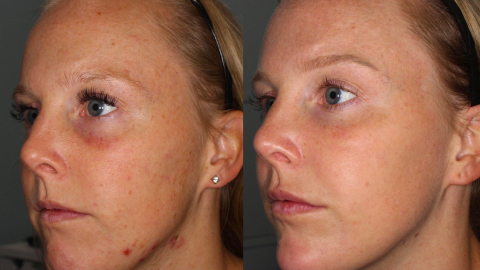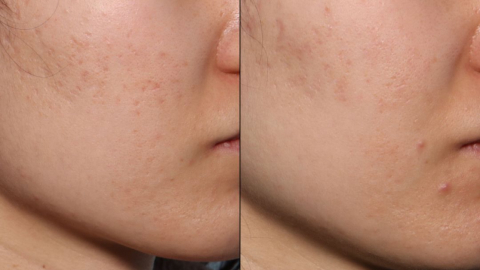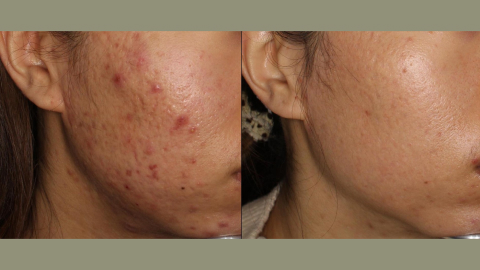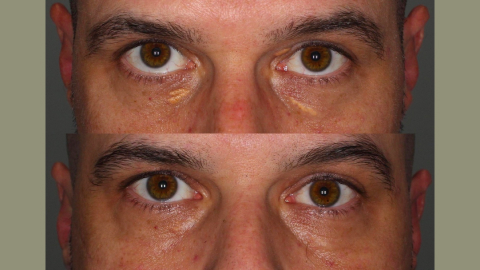Chemical Peels
What are chemical peels?
Chemical peels are procedures where a chemical agent is applied to the skin, often to create a reaction that will improve skin quality or treat a skin condition. There are a wide range of potency of chemical peels – from superficial peels that give minimal down time to deep peels that are aggressive forms of resurfacing.
We have chosen peels that are well-suited to help our patients meet their needs:
- 30% salicylic acid in PEG peel for acne
- 88% carbolic acid peel for CROSS technique for ice-pick acne scars
- 70-90% trichloroacetic acid peels for xanthelasma
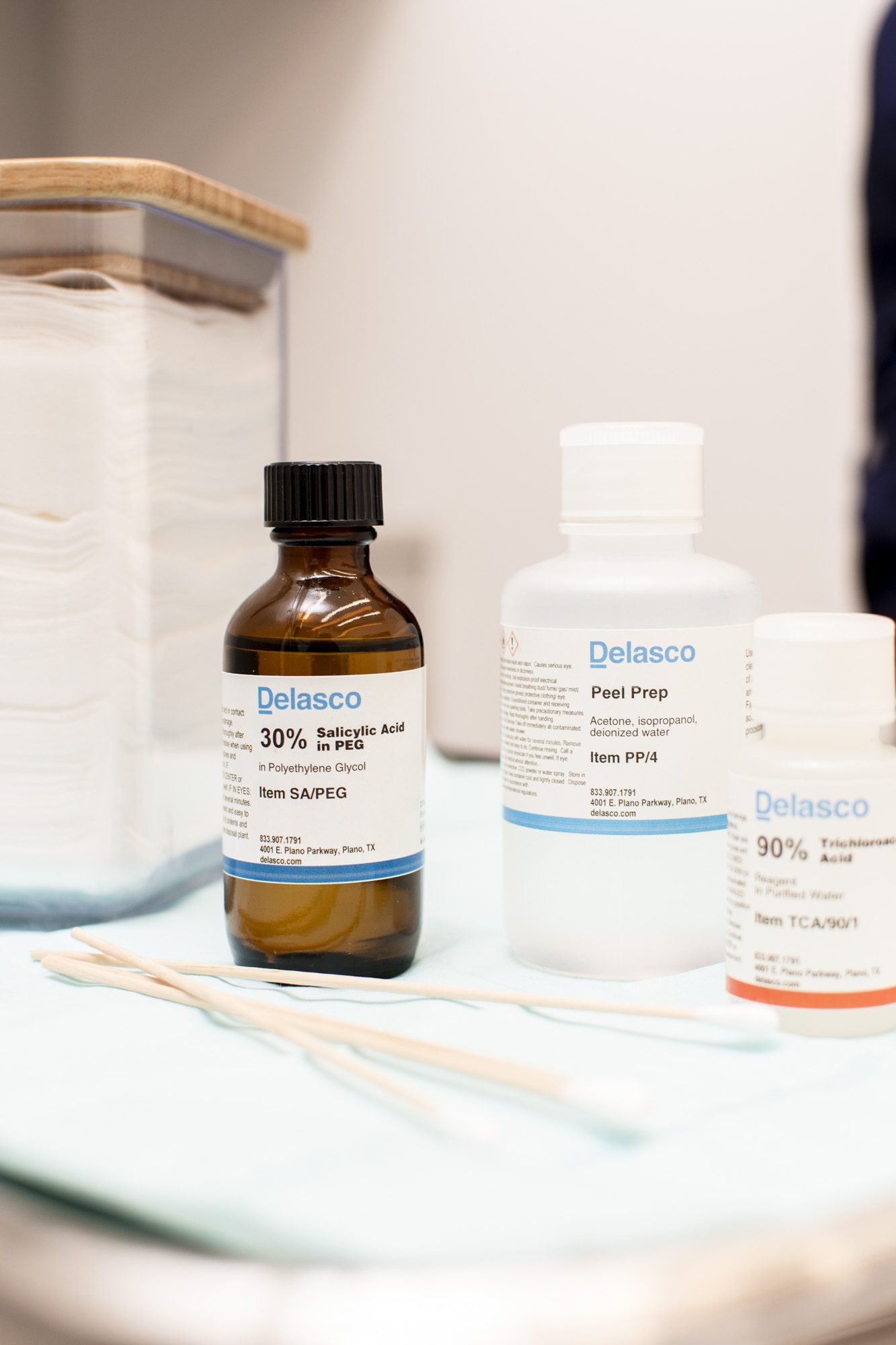
What is the process and recovery of a 30% salicylic acid peel?
The skin is cleansed with “peel prep”, a solution that smells heavily of alcohol. The peel is applied in 3 coats to the skin, and after 5 minutes of contact time, the excess is wiped. The PEG solution means this peel penetrates in pores more precisely (where we want it to go !) and does not affect surrounding skin as much. There is minimal or no peeling after the procedure. This is often combined with a blue LED treatment to treat acne.
What is the process and recovery of an 88% carbolic acid peel?
Carbolic acid is medium depth chemical peeling agent that is well suited to CROSS technique: Chemical Reorganization Of Skin Scars. This is a procedure where we carefully paint the agent in ice-pick scars on the skin to stimulate collagen under the scars and improve scar appearance over a series of treatments. Often, at least 5-6 treatments are needed to see improvement. Patients can expect crusting over a week after the procedure, and some redness may remain on the skin for a few weeks after.
What is the process and recovery of a 70-90% trichloroacetic peel?
Trichloroacetic acid is a deep chemical peeling agent at this concentration. We most commonly use it to treat xanthelasma when patients prefer this treatment over ablative laser. The skin is cleansed and surrounding area protected with petrolatum jelly. A thin layer of the acid is painted over the xanthelasma. The area heals with crusting over the following week, and may appear more red for a few weeks after. Depending on the depth and size of the xanthelasma, often 3-4 treatments may be necessary for best results.
Curious to see if you are a candidate for these procedure? Contact our office for a consultation.

